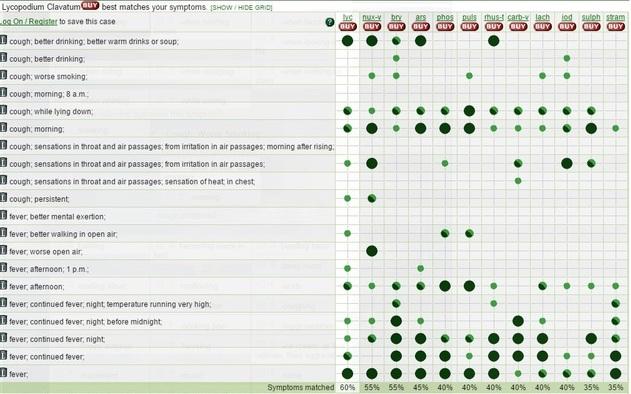Introduction

I had a burning feeling in the nose and throat. It was complicated by walking in the open air. I also had a watery discharge from my nose that later became thicker. There were other symptoms such as slight body aches and a mild headache. During the whole period of the disease, I experienced a lack of appetite and low-grade fever. One day after the beginning of the treatment with Lycopodium Clavatum, I noticed that occasional headache at night along with over-the-eyes sinus pain was significantly relieved. Moreover, it soothed my dry cough and cleared congestion of the respiratory system. Lycopodium Clavatum also reduced the swelling of my sore throat. Only five days after the beginning of the treatment all symptoms of the common cold disappeared.
Lycopodium Clavatum
Lycopodium Clavatum (Lycopodiaceae) is a Turkish herbal also known as club moss, foxtail, wolf’s claw, and ground pine (Banerjee, Biswas, Madhu, Karmakar, & Biswas, 2014). It is used for the treatment of a wide range of diseases such as stomach and muscle pain, rheumatic disease, Alzheimer’s disease, and common cold among others. The plant grows in tropical and subtropical areas at different altitudes. It is widely used in both traditional and homeopathic medicine (Banerjee et al., 2014).
The extract from the herb contains quinolizidine alkaloids. Lycopodium Clavatum is known to reduce gastric inflammations, alleviate chronic kidney disorders and help in the treatment of some digestion problems. Moreover, the powdered spores of the plant are used in homeopathy for several types of skin irritation (Banerjee et al., 2014). Lycopodium Clavatum cones can help in the treatment of aneurysms, chronic bronchial disorders, and gastric inflammations.
Furthermore, it is known to alleviate some mental conditions such as apprehension and forgetfulness (Banerjee et al., 2014). Several Indian tribes use it for the treatment of erectile dysfunction and urinary tract infections. According to numerous studies, Lycopodium Clavatum contains coumaric and syringic acids (Banerjee et al., 2014). It is also known to increase capillary permeability when used as an extract in conjunction with an alkaloidal fraction derived from the “aerial parts models of inflammations like acetic acid-induced” (Beg, Hasan, Hussain, Swain, & Barkat, 2011).
A study conducted by Banerjee et al. suggests that the large volume of terpenes, alkaloids, and flavonoids in Lycopodium Clavatum can produce a leishmanicidal effect (Banerjee et al., 2014). The same group explored the analgesic activity of the plant in experimental rats. They observed the increase in the latency time to the cold stimulus. Anti-inflammatory properties of Lycopodium Clavatum were investigated in the research conducted by Namsa et al. in 2009 (Banerjee et al., 2014).
The scientists concluded that the use of the herb by the Lohit community in Northeast India in a range of homeopathic procedures can be supported by the presence of a high amount of alkaloid compounds in the plant (Banerjee et al., 2014). The tests on laboratory mice have proven the immunomodulatory properties of Lycopodium Clavatum. If used as the vaccine delivery vehicle in the combination with ovalbumin, it can produce a very potent immune response (Banerjee et al., 2014).
Spores from the plan have an even stronger response than cholera toxin that is being used for the exploration of a vaccine’s efficacy. The effectiveness of Lycopodium Clavatum for alleviating some of the symptoms of the common cold can also be supported by the study conducted in 2007 by Zimudzi (Banerjee et al., 2014). Its results reveal that lycopodine in the herb can significantly reduce a state of fatigue (Banerjee et al., 2014).
References
Banerjee, J., Biswas, S., Madhu, N. R., Karmakar, S.R., & Biswas, S. J. (2014). A Better Understanding of Pharmacological Activities and Uses of Phytochemicals of Lycopodium Clavatum: A Review. Journal of Pharmacognosy and Phytochemistry, 3(1), 207-210.
Beg, S., Hasan, H., Hussain, M., Swain, S., & Barkat, M. (2011). Systematic review of herbals as potential anti-inflammatory agents: Recent advances, current clinical status and future perspectives. Pharmacognosy Reviews, 5(10), 120.
